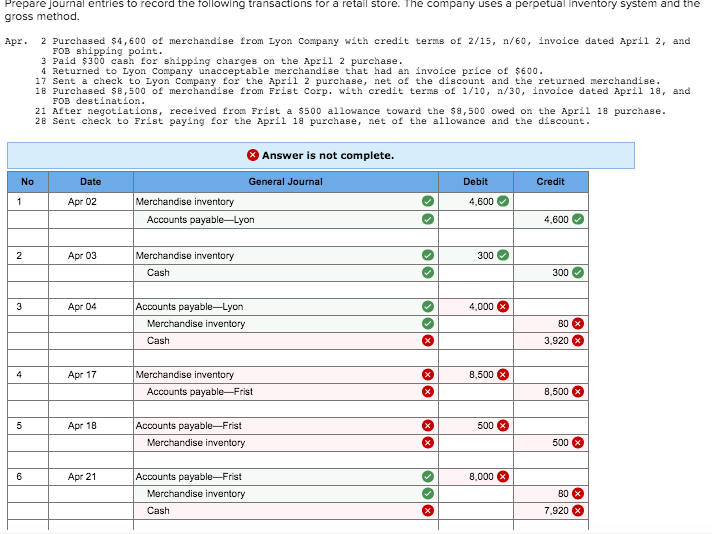Front-Avoid Loans-to-Earnings (DTI) Ratio: Definition and Formula
Adam Hayes, Ph.D., CFA, are a financial publisher having fifteen+ many years Wall surface Road experience once the a derivatives investor. Besides their comprehensive by-product change assistance, Adam are a professional in business economics and you may behavioural fund. Adam acquired their master’s inside economics throughout the Brand new College or university to have Personal Look and his Ph.D. in the College or university regarding Wisconsin-Madison for the sociology. He is a good CFA charterholder as well as carrying FINRA Collection seven, 55 & 63 licenses. He currently researches and you can teaches financial sociology therefore the social knowledge out of financing from the Hebrew School when you look at the Jerusalem.
Andy Smith was a certified Financial Planner (CFP), registered real estate agent and educator with well over 35 several years of diverse financial government experience. He or she is an expert for the private money, business funds and you can real estate and also helped thousands of readers in the meeting the financial requirements more than his industry.
What’s the Front side-End Personal debt-to-Income (DTI) Proportion?

The side-stop debt-to-money proportion (DTI) means the percentage of your own monthly revenues you to definitely goes to investing your own full month-to-month casing expenditures. The front-prevent obligations-to-money (DTI) proportion facilitate mortgage brokers influence new cost regarding individuals seeking to get a home.
Their overall month-to-month homes expenses range from the mortgage payment, property fees, financial insurance coverage, and you can home insurance. To determine your side-end debt-to-money (DTI) proportion, full the fresh new asked monthly property costs and you can split they by the month-to-month revenues.
Leading-avoid DTI proportion can help determine how far you really can afford so you’re able to acquire when buying a home. However, mortgage brokers have fun with other metrics from the mortgage approval process, including your credit history and you may personal debt-to-income proportion (DTI), which compares your revenue to all of one’s month-to-month obligations and you will houses expenses.
Trick Takeaways:
- The leading-end obligations-to-earnings (DTI) ratio represents the brand new portion of loans Johnstown your own month-to-month revenues you to happens toward full housing expenses.
- The full property expenditures through the mortgage payment, mortgage insurance rates, home insurance, and assets fees.
- Calculate your front side-avoid obligations-to-money (DTI) proportion by dividing the questioned monthly housing costs by your month-to-month gross income.
- The back-end DTI-otherwise obligations-to-earnings proportion-works out the newest part of revenues spent on all loans, as well as construction, credit cards, and you may finance.
- Lenders constantly like a front-stop DTI regarding only about twenty-eight% and an in the past-prevent DTI from 33% to thirty six%.
Front-Avoid Financial obligation-to-Earnings (DTI) Ratio Formula and you may Formula

The front-prevent financial obligation-to-income (DTI) ratio measures up your total casing or home loan costs to your month-to-month revenues. The algorithm to own figuring leading-avoid loans-to-money proportion try:
To estimate the front-prevent DTI, make sense the questioned property expenditures and you will split they of the exactly how far you have made per month just before taxes (their disgusting month-to-month money). Multiply the outcome from the 100 to make the journey to your front side-stop DTI ratio. Including, if the all your valuable housing-associated expenses total $step 1,000 and your month-to-month income is actually $step 3,000, your own front side-stop DTI are 33%.
What’s a beneficial Side-End DTI Proportion?
Their side-end loans-to-earnings ratio represents new portion of the disgusting monthly money one goes toward their overall homes costs. Lenders generally speaking favor a front side-avoid financial obligation-to-income proportion away from only about twenty eight% getting consumers trying qualify for a home loan.
Indeed, mortgage brokers may take on high percentages according to your credit rating, savings, deposit, in addition to version of mortgage loan. Spending their debts promptly, generating a constant income, and keeping a good credit score may also help your qualify to possess a mortgage.
High top-end DTIs increases the probability of mortgage defaults. For example, last year, of numerous residents had side-stop DTIs somewhat greater than average. Consequently, home loan defaults improved. In 2009, government entities brought loan mod applications discover front-avoid DTIs below 29%.


